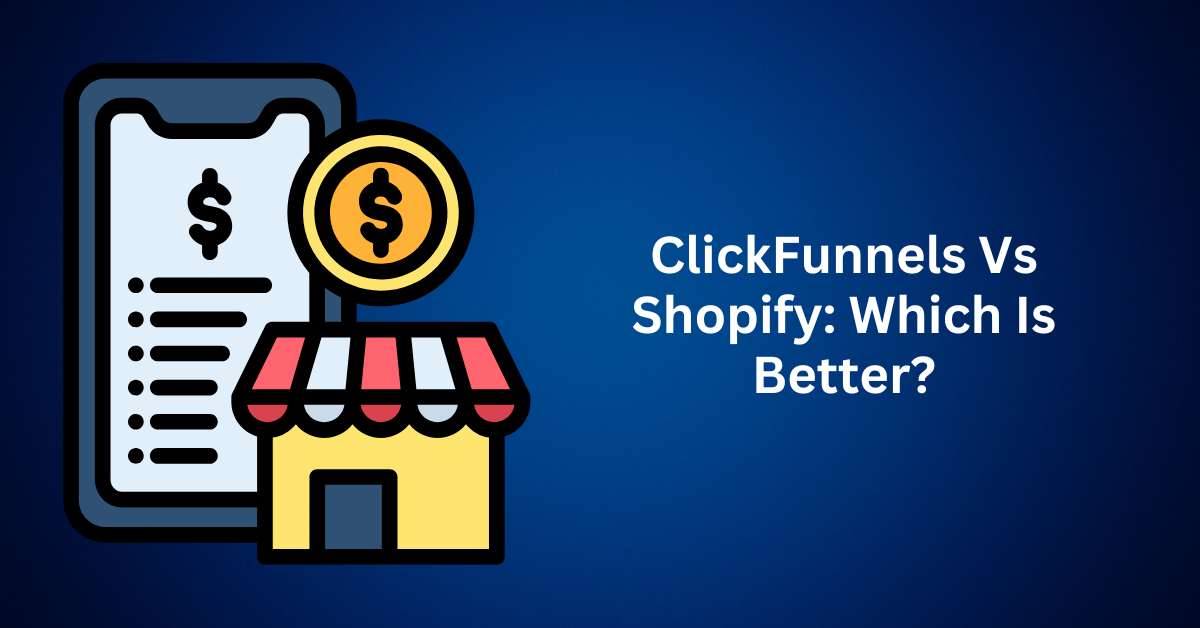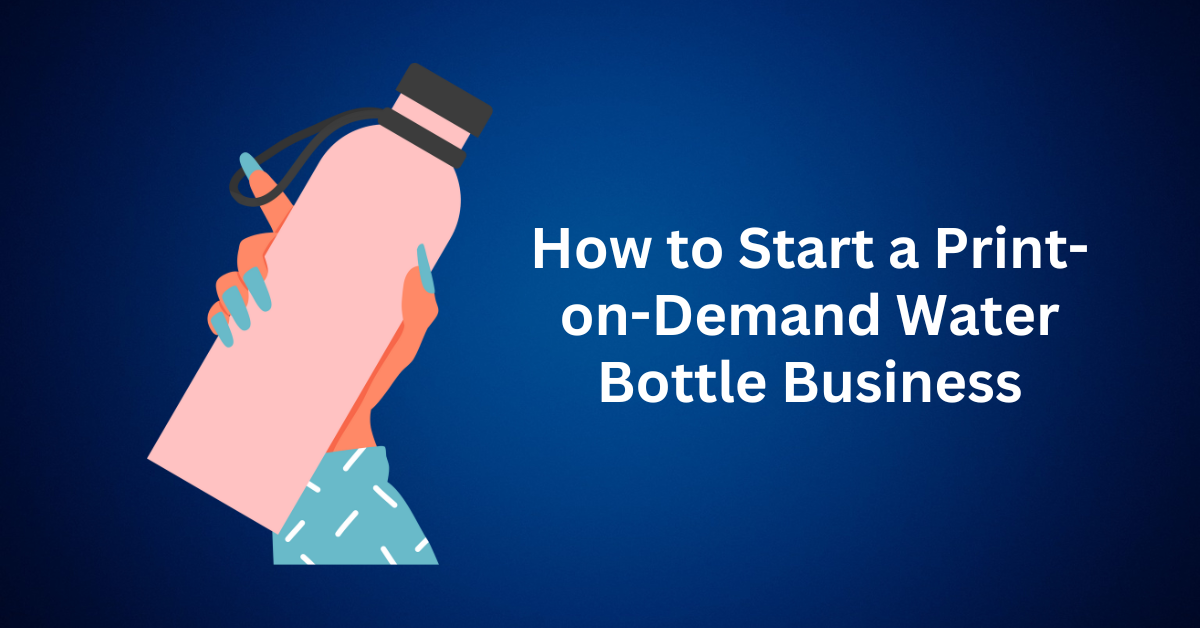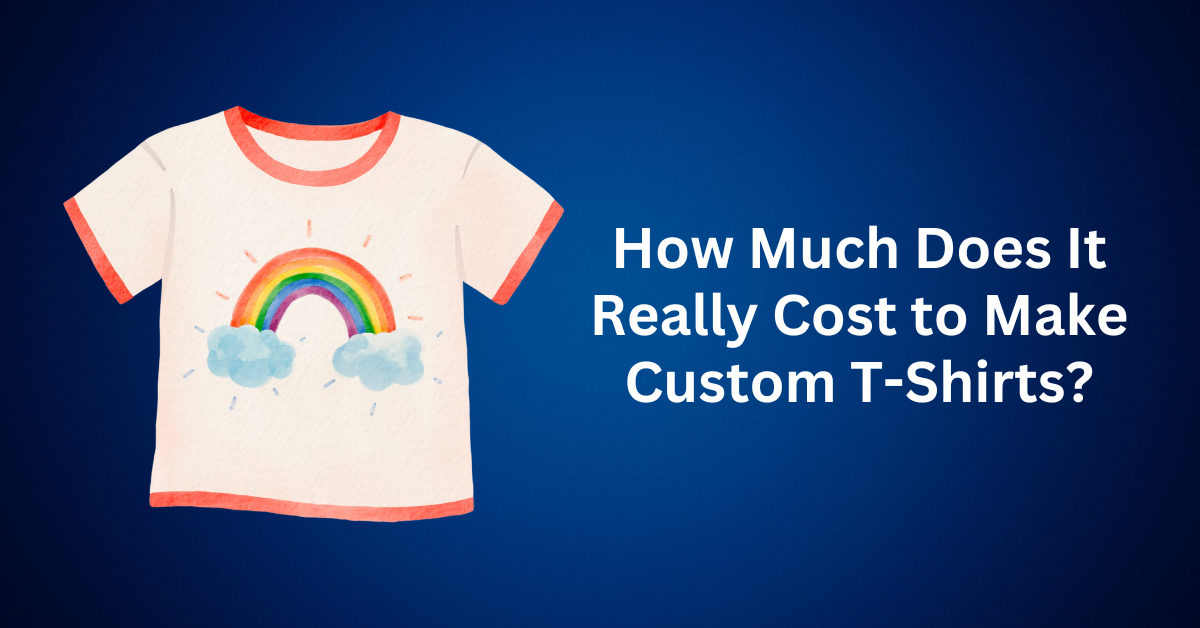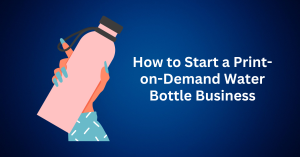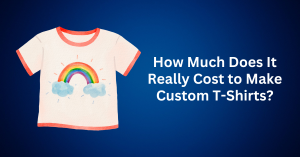When we talk about the eCommerce platform, we will definitely hear people discussing Shopify. But have you heard about the funnel builder that will explode your eCommerce business? And what about Shopify Vs ClickFunnels? Which should you be using for your business?
Shopify is a one-stop eCommerce platform that lets you build and host your eCommerce website on it. Basically, you will only need 30 minutes to have a fully functional eCommerce running, ready to sell and collect payment.
What about ClickFunnels? Maybe some of you guys haven’t heard about ClickFunnels before, but let me introduce it slowly. ClickFunnels is not an eCommerce platform on its own. Instead, it’s a funnel builder. ClickFunnels allows someone to quickly create and build their sales funnel to generate leads and sell products on it.
Similar to Shopify, both allow you to sell different products on them, but ClickFunnels is more specific to funnelling your visitors down to make them buy more from you.
Let’s see how both ClickFunnels and Shopify differ and which is more suitable for you.
Table of Contents
ToggleWhat’s the difference between Shopify Vs ClickFunnels?
Here’s the key difference between ClickFunnels 2.0 and Shopify:
- ClickFunnels 2.0 is a funnel builder designed to help you build profitable sales funnels.
- Shopify is an eCommerce platform designed to help you build and manage a successful online store.
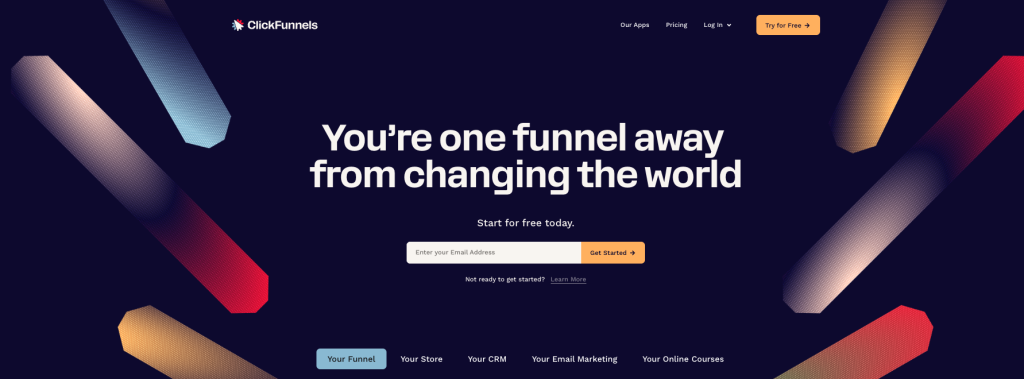
ClickFunnels 2.0 Features – Shopify Vs ClickFunnels
Let’s see, one by one, a few best ClickFunnels features
1. High-Converting Sales Funnel Templates – Shopify Vs ClickFunnels
A template is the starting point when building a sales funnel. You definitely don’t want to build it from scratch. Unless you are an experienced funnel builder who is very familiar with each element in the funnel page and knows what’s working. Starting from a template is always the best choice.
With ClickFunnels, the team behind it and the co-founder, Russell Brunson, are the team that really goes into sales funnel creation and uses sales funnels to build their business and their clients’ businesses.
They know exactly what’s working and what’s not. And more than that, the template library in ClickFunnels is full of proven sales funnel templates that the team is using and working on.
That’s why you should leverage their expertise and use their template to build your business. In the template library, you can get the template for lead generation, product launches, selling products both physical and virtual products, membership subscriptions, courses, and so on.
Anything you want to sell, there will most probably be a template for it. All you need to do is choose the right template and modify it to your brand and content.
2. Comprehensive Sales Funnel Process
Building a sales funnel is not only a few pages that you build; it’s the entire process of getting people down the funnel from awareness to action. Hence, it includes testing to optimize your offers and sales funnel. The follow-up email sequences and the autoresponder function.
Although you can have your autoresponder separately with a platform like GetResponse. Integrating the email sequences function into the same platform will save you the hassle of integrations and managing it at different places.
You can run everything in one place now.
3. Customer Relationship Management
One of the ways to make money fast online is to sell high-ticket products. And selling a high-ticket product requires more decision factors and persuasion to get people to buy it.
The sales management process from market to lead and lead to the sales process, every step in the process, from prospecting, lead qualifying, and deal closing, is managed in ClickFunnels.
4. Work With Your Team
When you are working with a huge team or outsourcing some of the work to freelancers or your funnel builder, you can add them to the team to collaborate.
What’s better would be when you are working with several different teams, data privacy is taken care of with the access restriction features based on account roles.
You can create different roles for different teams, and they can only access to required information. This will make it easy for handover if there is any staff leaving or new staff joining the company. In addition, when you have multiple team members working on the same page, both can work together, and it will update simultaneously.
5. Loading Speed
If you are not aware, the loading speed of your website is important for your business. Your customers will leave your sales page if it doesn’t load fast. Not only that, your sales funnel will not be ranking well on the search engine like Google either.
People and not patient and have short attention spans. When your website does not load within 3 seconds, chances are they will just exit and continue browsing for other content. And of course, it’s one of the important metrics for the SEO ranking algorithm.
This is something important when you are working with a hosted solution. You are not able to control the hosting server’s performance or the code. And that’s why you will need a platform that takes care of this.
If you have ever seen the test results from ClickFunnels, their pages load blazingly fast. Just make sure you don’t dump too many unused elements inside to add load to it.
6. Email Autoresponder
Email marketing is one of the highest ROI online marketing strategies. And according to DMA’s research, the ROI for email marketing is 3541%.
You can either get a separate autoresponder and integrate it with ClickFunnels or just use the email autoresponder function in ClickFunnels to build your email and launch your email marketing campaigns.
With ClickFunnels 1.0, the email autoresponder function may not be that extensive. But with the latest update in ClickFunnels 2.0, you can do everything with it.
This includes managing and sending your broadcast emails for your newsletter, product launches, promotional emails, seasonal emails, and other email sequences to connect with your customers. Or, set up your automated autoresponder sequence that will send out emails to your subscribers automatically when an event is triggered.
Try it out and you will see how well it works for ClickFunnels 2.0. Not only that, but ClickFunnels includes these email sequence features for all plans instead of limiting them to the advanced plan only in the previous plan.
7. Membership Site Access
Creating a subscription program where your members pay monthly to access certain information is how you can make money monthly by charging for the subscription. This is what we call recurring passive income.
As a business owner, you just need to update the content regularly to ensure that it’s valuable to your customers, and then they will keep paying every month.
With that in mind, you can both get your customers through the webinar or product launch funnel and then fulfil the order with ClickFunnels 2.0 on its own.
You can have people pay for a different premium to get access to different content. And you can control access to the content with ClickFunnels.
8. Drag and Drop Page Builder
ClickFunnels works as a drag-and-drop page builder. There are pre-built templates for you to start working on and also pre-built elements for you to add to your page. You can change the location of the element on your page by just dragging and dropping it to the location you want.
There is no coding required, and you can change the design instantly. Not only that, but when you want to change something common, there is a universal settings page for you to change everything at once.
9. Blog Content Management
This is something new and is a good feature to have. ClickFunnels has transformed from a sales funnel builder to an overall website builder platform. Of course, you can build each blog post one by one as an individual page in ClickFunnels 1.0. However, it is not a good way to manage your content.
Blog posts can be a good way to provide value to your potential customers and rank on the search engine to get organic traffic. This is a good addition to managing your blog posts, publishing them, and growing your audience with a blog.
10. Full Analytics Dashboard
Data is the most important when you want to sell online. For every business decision or marketing decision you want to make for your business, it needs to be data-driven.
You are not dealing with your local customers, so you cannot know them very well. Your market now is the world. The fastest way to know your potential customers is to test fast enough and collect enough data to optimize your marketing and business campaigns.
ClickFunnels is doing this very well. The team behind understands the data required for online marketers and business owners to excel in their business.
You can see in each step of your sales funnel how many people landed, registered, and purchased in the analytics dashboard. And what’s better, it’s real-time. You can know the live data when you are launching a new product.
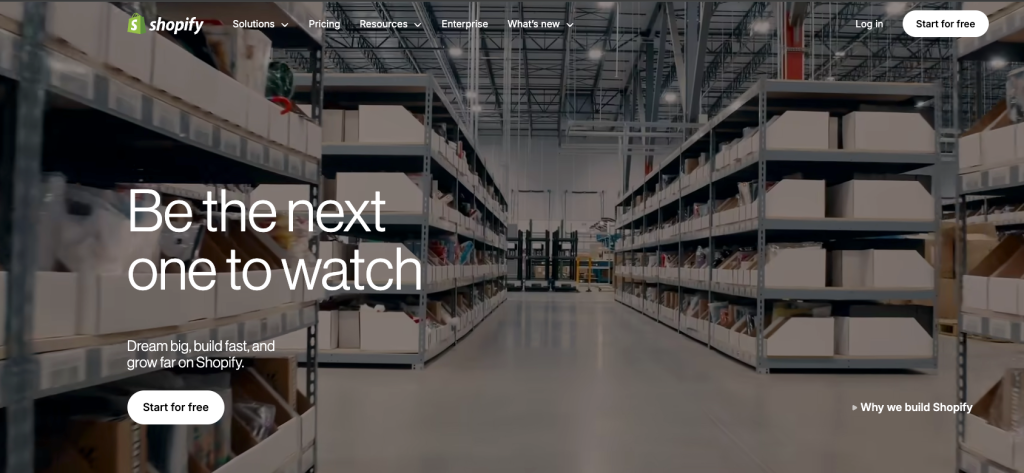
Shopify’s Features – Shopify Vs ClickFunnels
Let’s see one by one, a few best Shopify features.
1. Online Store Builder – Shopify Vs ClickFunnels
This is the core feature of Shopify. The eCommerce store builder. With Shopify, you can start and build an eCommerce store easily without any technical or design skills.
All you need to do is sign up for a Shopify account, choose a theme, and start customizing your store. Product management, order fulfilment, and other eCommerce store features are all handled by Shopify.
And yes, you can have your own store live and start selling your products in less than an hour.
2. Free and Paid Themes For Your Store
In Shopify, you can’t start from scratch. You need to choose a theme to start working on your store. And, depending on what you are selling and how you want your store to be, Shopify offers different themes for different industries and products.
Shopify offers a theme store where you can get both free and paid themes for your store. And it is totally fine to start with a free theme and upgrade to a paid one if you think your business will need that due to your business growth, or a better design or sales process is needed.
And yes, you don’t need to design it all on your own or spend time and money to hire a web designer to do it for you.
When you need any changes, you can make them instantly without the need to engage your designer. This is important as you want to implement new things instantly. Any waiting may end up losing the market.
If you want to get a paid theme, it’s still cheaper than hiring a web designer. This is because the same theme created can be sold multiple times. Hence, the cost is separated. All you need to do is just add your branding and feel to it.
3. Drag-and-drop website builder
Shopify theme customization allows you to add different sections and blocks to your online store depending on the blocks and sections defined in your theme.
The building blocks will typically consist of the image banner, product feature collection, featured product, rich text, image and text, and testimonials. And you just need to add the different sections to your web design and then rearrange sections to the feel and look you want.
If you want to add some products or collections to your main page, you can add them to the respective section as well.
4. Product Management
With Shopify, there is a section to maintain your product on the main dashboard. Click on the “Products” -> “Add Products” to add and manage your products in your store.
You can manage your product image, description, pricing, and inventory here. If you are doing print-on-demand or dropshipping, you can even integrate with your supplier app to publish your products to the product section automatically.
4. Shopify Apps
Shopify works well in optimizing the online store for better loading time and a lightweight store. And if you need any add-on features, Shopify Apps is the answer.
You can access the Shopify Apps from the main dashboard and select the app you want to integrate. Among the common apps are the autoresponder for email marketing, abandoned cart recovery, countdown timer, Print-on-demand app, and so on. When you need a new feature, there will be an app for it.
5. Payment Processing
It is easy to accept payments with Shopify. You can use Shopify Payments, which is by default included in your Shopify subscription, or integrate with your payment gateway like Stripe, PayPal, or other popular payment gateways that have integration with Shopify.
Not only that, as Shopify works in different countries, you are able to accept payment in different currencies and payment methods like credit cards and e-wallets.
6. Shipping
After you sell your products, order fulfillment is. You can print your shipping label within Shopify and track the shipping status within Shopify.
No matter which shipping service product you use, you can upload your tracking number to Shopify, and your customers will get a notification on the shipping.
And to incentivize Shopify customers, you can get discounts with major carriers such as USPS, UPS, and DHL. And that’s up to 88% savings on shipping.
7. Analytics tools
When you are running an eCommerce business, data will tell you how much money you make and how your store performs. You can track your order count, sales, revenue, and more in the Shopify dashboard.
8. Live Chat
When you use Shopify for your online store, you can set up a live chat to support your customers’ questions. There’s a live chat functionality called Shopify Inbox.
You can reply to your customers’ questions in real-time, and you can also set up a chatbot to reply to customers’ questions automatically for some common questions.
9. Email Marketing
Shopify also has an email marketing functionality called Shopify Emails that enables you to grow your email list, nurture relationships with your subscribers, and promote your products via email.
Shopify Vs ClickFunnels: Pricing Comparison
Your monthly subscription price will be the cost for your business. You would want to use a cost-effective one if possible to save your budget for other expenses. However, you also need to know the overall values included in the price to be able to make the right decision.
ClickFunnels Pricing:
- Basic ($147 per month) Includes 1 website, 20 funnels, 1 admin, 1 domain, 3 courses, 1,000 students, 10,000 contacts, unlimited workflows, unlimited pages, unlimited products, unlimited email sequences, and basic Analytics.
- Pro ($197 per month). Includes 1 website, 100 funnels, 5 admin users, 3 domains, 15 courses, 10,000 students, 25,000 contacts, unlimited workflows, unlimited pages, unlimited products, unlimited email sequences, basic analytics, affiliate program, API access, ShareFunnels, Liquid Theme Editor, and CF1 Maintenance Mode plan.
- Funnel Hacker ($297 per month) includes 3 websites, unlimited funnels. 15 admin users, 9 domains, 200 courses, 20,000 students, 200,000 contacts, unlimited workflows, unlimited pages, unlimited products, unlimited email sequences, advanced analytics, affiliate program, API access, ShareFunnels, Liquid Theme Editor, and CF1 Maintenance Mode plan.
Shopify Pricing:
- Basic Shopify ($19 per month billed monthly). Includes manual order creation for products, 24/7 support, and 2% transaction fees. Allows two staff accounts, unlimited file storage, and unlimited products.
- Shopify ($49 per month billed monthly). Includes fraud analysis, gift cards, and 1% transaction fees. Allows five staff accounts, abandoned cart recovery, and professional reports.
- Advanced Shopify ($299 per month billed monthly). Includes all features with calculated shipping rates and 0.5% transaction fees. Allows fifteen staff accounts, an advanced report builder, and building a Shopify sales funnel.
Shopify’s pricing plans are more cost-effective than ClickFunnels, but they only provide an e-commerce platform. With Shopify, you need to purchase your marketing tools separately.
In contrast, there are more features offered by ClickFunnels where you don’t need to pay for separate platforms.
The Sales Process of ClickFunnels – Shopify Vs ClickFunnels
A sales funnel is very good at guiding your visitors through the entire sales funnel and getting them to buy from you. When someone enters your webpage, you will immediately try to grab their contact details to follow up with them in the future.
Next, you’ll show them the sales letter to persuade them to buy the first item and upsell/downsell. And then, maybe another one-time offer or bundle offer. On the last page, thank them for their payment and show them you’ve more to offer in your business.
Now, you can promote them to your product catalogues or eCommerce website to browse through your other products and let them buy more.
The Sales Process of Shopify – Shopify Vs ClickFunnels
Shopify or other eCommerce websites, on the other hand, normally you’ll direct the traffic to a product page, but not the main page. This is because all you want is to direct them specifically to the product they’re interested in without having them wander around.
Then, on the product page itself, there are so many options like the navigation bar, header, footer, and so on. They might accidentally click on it and go to another page. Then, the structure of the product page is very important; make sure you don’t have too many blank areas on it. Make it look professional but not spammy.
Next, they can add to the cart or checkout instantly. And then, confirm the order, entering contact details and shipping address. Only here, you’ll be getting their contact details. If they’re gone before this, they will be gone forever. Last is the checkout and payment page.
Difference Between Both Processes – Shopify Vs ClickFunnels
Now you see, both sales processes are different, wherein ClickFunnels, the first thing you do is to capture their contact details, while in Shopify, you only capture the info when they decide to buy. Although you may argue, you can have a pop-up to let them enter their details, but bear in mind that you’ll need a good offer in exchange for their contact details here.
So why is an email so important? Follow up. You can follow up with them if they didn’t buy in the end and persuade them to complete the payment. Or you can send them other offers in the future when you have new products.
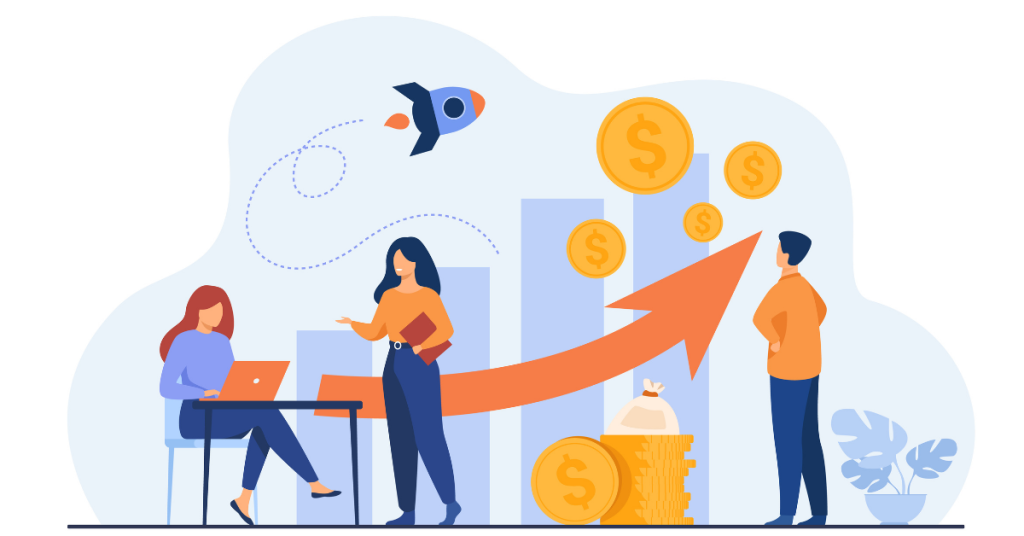
How to Use Both ClickFunnels & Shopify Together
For my business, I use both ClickFunnels and Shopify together. Both have their own strength. For example, I will funnel my visitors using ClickFunnels and link to my Shopify store. This is very useful for those hyper buyers to continue buying from you. So the sales funnel process will look like this.
2-step Tripwire Funnel
You see here, on the first page, a 2-step sales page will be an order form for them to put in their contact details. Then, a one-time offer(OTO) page for immediate upsell. If they turn down the OTO, send them to a downsell page.
And at last, send them to the thank you page with your offer wall. The offer wall is where you link back to the Shopify store. You can have multiple products here linking back to your Shopify store.
How To Choose – Shopify Vs ClickFunnels
If you’re starting out your new store online or having fewer to no recurring buyers, my suggestion is to go for ClickFunnels. The strategy is to focus on one main product and one funnel and perfect it. Like I always do, I’ll clone my best funnel process when I’m launching new products.
Instantly, all the funnel steps and page layout templates are cloned to the new funnel.
Then, I’ll start designing the page and doing some copywriting, and within an hour or so, I’ll have my page live and running. For me, the most important thing is to get it running and start sending traffic to the page. Nothing is perfect when you first launch.
But you need to launch it and test it to see which step is having a problem. Either your hook, your story, or your offer, that part is not converting. Then you perfect the funnel along the way until it converts best. This is exactly the way we built the perfect product, perfect funnel, and perfect sales process.
If you would like to take action and start building your ClickFunnels or Shopify store now, click on the link below and get a 14-day free trial. And of course, to support your new store, I’ll be providing you with some custom funnel templates or Shopify Themes that we already use in our high-converting store.
All you need to do is click the link below, sign up for the trial, and send us your information in our contact area.
Not to forget, to help you get started faster, we will support you during your store-building journey.

